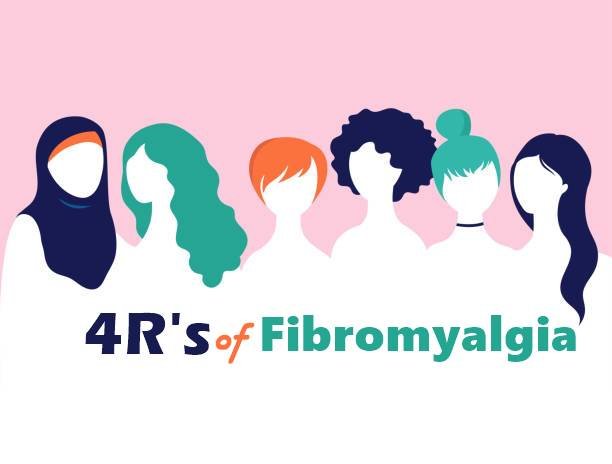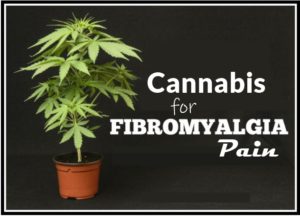So to treat Fibromyalgia you need to know the cause of it. The current kind of scientific understanding of fibromyalgia is that it’s caused by an overactivity of pain-sensing nerves, but that’s just the tip of the iceberg. The underlying cause of fibromyalgia is a hyperactive stress response or danger response in the brain. That’s what causes kind of the chain reaction of fibromyalgia which, ultimately result in that hypersensitivity of the pain-sensing nerves.
Treat Fibromyalgia
It really wreaks havoc on the body. It impairs digestion, it makes the gut leaky so that you have more food sensitivities and inflammation, from things that you’re eating, keeps the muscles tense and tight even while you’re sleeping which results in a lot of pain and tenderness to touch. This also interferes with energy production and throws the whole hormone system out of balance.
We’re left to kind of treat each downstream part of that reaction and the earlier that you can treat fibromyalgia, the more downstream benefit that you can get. The way that I approach my treatment of fibromyalgia, I call it “The Four R’s” and it’s designed to systematically reverse the kind of changes that are brought on by that hyperactive danger response, or stress response that’s being sent out from the brain.
Rest
So step one is “rest,” which is where we calm the hyperactive stress response using your body to trigger the opposite of the fight or flight response. And things that can do that include gentle stretching, yoga, meditation, mindfulness, certain forms of massage therapy.

The other component of rest is trying to restore deep sleep. So I spend a lot of time with patients working on making sure that there’s nothing that’s interfering with their sleep, whether that’s a sleep disorder, or medication, or a lifestyle. And then working on a combination of supplements and medications that kind of safely calm the brain into a deeper sleep.
Repair
Step number two is called “repair”. That’s working on trying to improve digestion, trying to improve nutrition, and trying to kind of restore some health to the myofascial muscle and connective tissue system of the body. Because when we’re continually tight it really exhausts the muscles and they end up getting inflamed, and painful. It also gets really prone to developing painful knots that we call trigger points.
Treatments like myofascial release that actually work on the fascia to reduce those tight spots and to kind of break up the inflammation. That is absolutely essential for the kind of treating the pain component of to treat fibromyalgia.
Rebalance
“rebalance” is a step 3. That’s where we focus on reducing inflammation and rebalancing the hormones that have been thrown out of balance by that chronic stress response. The other component of rebalancing is making sure that there are no triggers of inflammation going on. So for some people to treat fibromyalgia that can be fibromyalgia vegan diet. For some people that can be ongoing kind of low-grade infections, even like a sinus infection or an ongoing dental infection. That can kind of promote a state of inflammation in the body.
Reduce
And then the final step, usually when we’ve gone through the first three. You rest, repair, and rebalance, people, achieved some symptom reduction. Nut any residual symptoms we treat in step four, which I call “reduce.” So basically using targeted medications to treat the fibromyalgia chronic fatigue.
So you can see that “the four r” approach that I take to treat fibromyalgia is very comprehensive and holistic. It’s a lot more than trying to treat overactive pain signals. So we start at the beginning of that chain reaction and try and improve each step.
Reference
Dr. Ginevra Liptan (ridacenter.com)
Dr. Ginevra Liptan is an author and a physician studying fibromyalgia patients. This article is just for informational and educational purpose only. Please consult your health care physician before acting on any kind of medication or medical advice.




I have Fibromyalgia and in pain all the time.
I have had Fibromyalgia for over 20yrs and am interested in any new research or treatment.